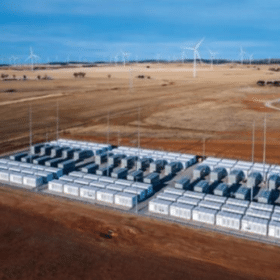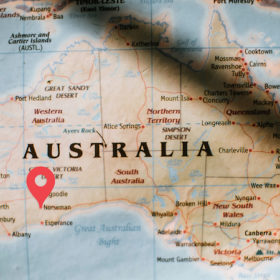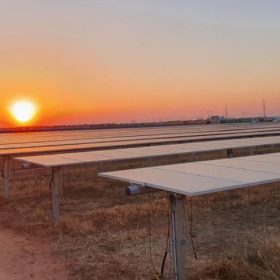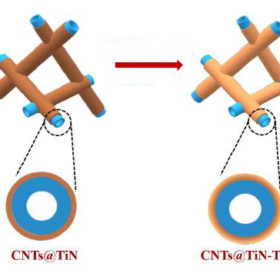Sunday read: What’s in store for storage
As solar and wind make up larger portions of the energy mix, energy storage is becoming an increasingly important piece of the puzzle in keeping electricity networks running smoothly. And as battery costs fall, new business models are emerging to increase the value of battery energy storage projects for both grid operators and project owners. Focusing on two leading countries – the United Kingdom and Australia – pv magazine looks at what’s in store for large-scale energy storage.
Saturday read: Dirty double standard on display
Australia’s proposed 26 GW Asian Renewable Energy Hub has encountered what appears to be a governmental double standard, as the country’s environment minister has rejected an expanded proposal. Thankfully, the project’s proponents have not become discouraged in the face of this double standard; in fact, they’re doubling down.
Australia’s biggest solar farm opts for AI-powered bidding platform
The operators of Australia’s largest solar farm have turned to a software-based bidding solution as they seek to optimise dispatch and manage the facility’s market trading and power purchase commitments amid increasingly market volatility.
Lithium-sulfur battery with shorter charging time, longer lifespan
Japanese scientists have developed a new lithium-sulfur battery by using titanium oxide and titanium nitride to prevent the formation of polysulfides during the fabrication process. This allows the battery to retain 85% of its capacity after 500 cycles at 2 C.
Calcium-antimony liquid metal battery to be commercialised by US company
Ambri has secured US$144 million ( AU$195 million) to commercialise its calcium-antimony liquid metal battery chemistry and open manufacturing facilities to deliver projects in 2023 and beyond.
Pumped hydro and solar projects progress Queensland’s energy transition
Queensland’s transition to a renewable energy future is set to progress with the state government calling for tenders for the proposed 1 GW Borumba Dam pumped hydro energy storage project while work on a nearby 176 MW solar farm has also reached a new milestone.
Energy storage with recycled batteries from Brazil
Energy Source, a Brazilian battery specialist, is currently providing energy storage services with reused and recycled batteries. Battery recycling and related metals recovery are conducted separately, without the burning of materials.
Why AGL’s new grid-forming battery is ‘genuinely cutting edge’
Australian giant AGL Energy plans to build what will be the world’s largest ‘grid-forming’ battery in South Australia, deploying technology so novel that it yet to be clearly regulated in Australia. “Trialling something like this on the grid at this scale hasn’t been done before anywhere in the world,” Josh Birmingham, Director of Large-Scale & Project Solutions at SMA Australia, told pv magazine Australia.
REZ wriggle on – Queensland and Victoria seek input
Both Victoria’s and Queensland’s state governments are moving on their renewable energy zones (REZs) with tight deadlines looming for hopeful projects in Victoria, while further north the government is eager to hear from local communities.
Plans for Victoria’s biggest battery released, 2400 MWh at the junction of three REZs
Melbourne-based renewables developer Syncline Energy has revealed its plans for a 600 MW/2400 MWh battery storage project 25 kilometres west of Melbourne city.















